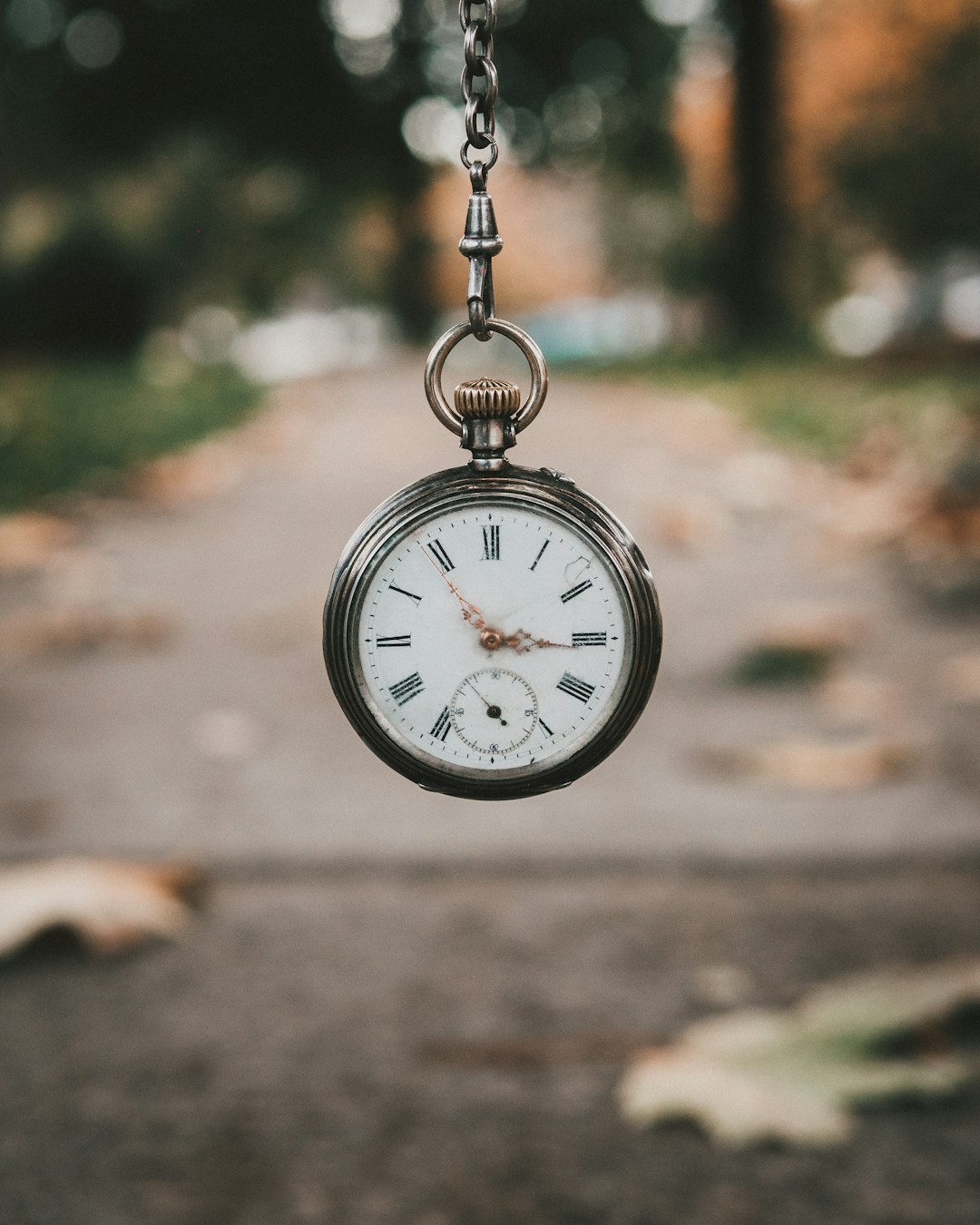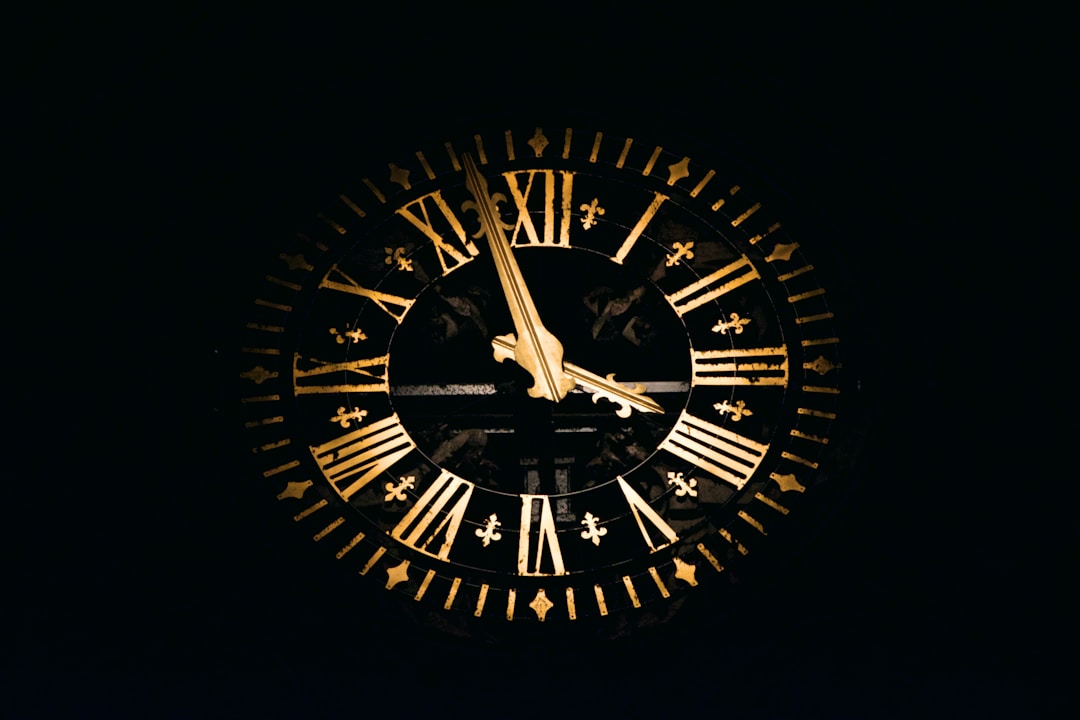The Development Status of China's Watch Industry
2024-05-14
There are approximately 3600 watch companies in the Chinese watch industry, including well-known ones such as Feiyada, Haiou, and Rossini. These enterprises are mainly concentrated in Guangdong, with approximately 2000 engaged in clock related product matching. Among them, the number of enterprises above designated size reached 260 in 2019.
2、 Personnel size status
View more
The Development History of Clocks
2024-05-14
A clock is a commonly used timer in daily life, used by people to record time.
View more
2024-05-14
The twelve hour clock is a time rule that divides a 24-hour day into two time periods, namely morning (ante meridiem in Latin means before noon) and afternoon (post meridiem in Latin means after noon). Each time period consists of twelve hours, represented by the numbers 1, 2, 3, 4, 5, 6, 7, 8, 9, 10, 11, and 12 in a cyclic manner. The morning session is from midnight to before noon, while the afternoon session is from noon to before midnight. The twelve hour clock is still the method of displaying time for most analog clocks. Note that the number on the clock face does not have a 0, but a 12, so the starting point is 12. At 0:30 on a 24-hour clock, read 12:30 on the clock face and add meridiem to distinguish between morning (AM) and afternoon (PM).
View more
Who was the first person to invent the watch
2024-05-14
The first inventor of the clock was a Chinese person. As early as 1090, Su Song, the Prime Minister of the Northern Song Dynasty, invented the world's first "mechanical timer" with a control mechanism: the "Water Transport Instrument Statue Platform". And foreigners using manipulators for timekeeping, that was 300 years later.
But one of the earliest inventors of clocks in China was Guo Shoujing of the Yuan Dynasty. In 1267 AD, he made a mechanical clock specifically for timekeeping in the Daming Hall, which could "sound a bell for one quarter, a drum for two quarters, three rings, four coins, all of which were made at the beginning.
The Dutch scientist Huygens (1629-1695) improved clocks controlled by pendulum in the world, and Guo Shoujing made mechanical clocks 80 years earlier than Huygens. So, the clock is China's fifth great invention. This has been recognized by the international community.
During World War I, a soldier tied his watch to his wrist for convenience, and raised his wrist to see the time clearly, which was much more convenient than before. In 1918, a Swiss watchmaker named Zana Shanu was inspired by the story of a soldier tying a watch to his wrist. After careful consideration, he began to create a smaller watch and designed pinholes on both sides of the watch to accommodate leather or metal straps, in order to secure the watch to the wrist. From then on, the watch was born.
View more
Introduction to pendulum clock
2024-05-14
Introduction to pendulum clock
Pendulum clock is an ancient timing tool that is loved by people for its unique swing and precise timing function. This article will provide a detailed introduction to the origin, structure, working principle, and application of pendulum clocks in daily life.
1、 The origin of pendulum clocks can be traced back to the ancient timer - the pendulum clock. With the development of technology, people's measurement of time has become increasingly accurate, so pendulum clocks have gradually evolved. Early pendulum clocks were mainly used in monasteries, churches, and other places to ensure accurate religious activities for believers. With the passage of time, pendulum clocks gradually became popular among the people and became an important timekeeping tool.
2、 The structure of a pendulum clock is mainly composed of a clock body, pendulum, pointer, and suspension device. The clock body is the main part of a pendulum clock, usually made of metal or wood. The pendulum is the core component of a pendulum clock, which is connected to the clock body through a suspension device and can swing freely under the action of gravity. Pointer is used to indicate time, usually including hour hand, minute hand, and second hand. The function of the suspension device is to fix the pendulum and ensure its stable swing.
3、 The working principle of a pendulum clock is mainly based on the motion law of a pendulum. When the pendulum clock is subjected to gravity, the pendulum begins to swing, and the period of its swing (i.e. the time it takes to go back and forth once) is fixed. By adjusting the position of the pendulum, the oscillation period can be changed, thereby adjusting the time. The mechanical structure inside the pendulum clock drives the hands to rotate to indicate the current time.
View more









